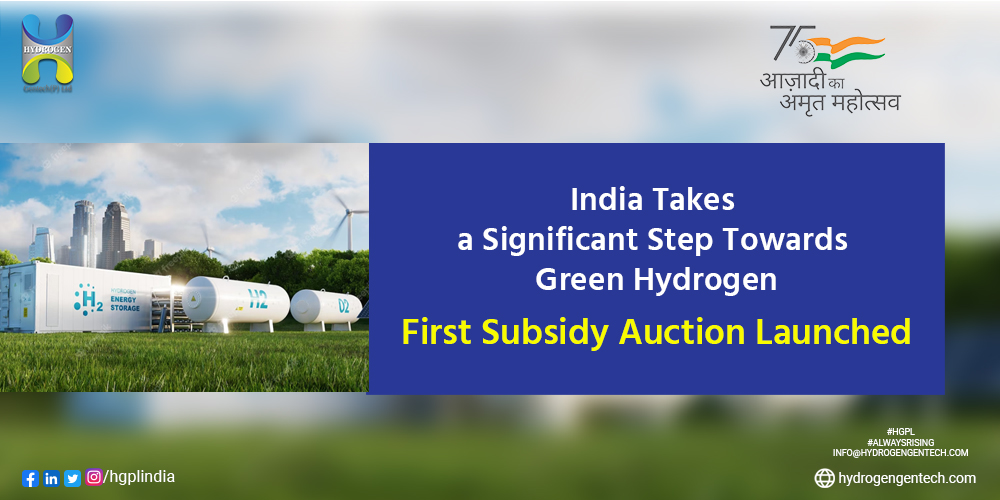Denso, a Toyota automotive parts supplier, has ambitious plans to bring its solid-oxide electrolyser (SOE) to the market by 2030, according to local reports. It is even suggested that the first sales could be finalized as early as 2025, as reported by Japanese newspaper Nikkei.
Earlier this year, Denso announced its intention to develop an in-house SOE and conducted the first demonstration at its Hirose plant in July. The primary objective of this demonstration was to partially displace the use of grey hydrogen, which is currently employed to remove solder oxide and enhance the joinability of power cards—essential components of inverters used in hybrid or electric vehicles.
The unique feature of Denso’s SOE lies in its capability to split water heated to 700°C into H2 and O2. This process requires less power to produce hydrogen compared to more mature alkaline and proton-exchange membrane technologies, which typically operate at a lower temperature of 60°C.
However, one of the challenges associated with SOEs is the need for an external heat source due to the extremely high water temperature requirement. Without a readily available exothermic industrial process or power source producing substantial steam, additional electricity is required to heat the electrolyser.
Denso has highlighted the importance of maintaining the high temperature in SOEs, as heat dissipation occurs rapidly in such systems due to the temperature difference with the surroundings. This necessitates extra energy to keep the system hot, while some of the water vapor passes through the system without undergoing the desired reaction.
To address these challenges, Denso has developed a structure that efficiently recovers exhaust heat while minimizing heat dissipation from the heat exchanger surface. Additionally, the company has implemented a system to re-circulate steam, utilizing technologies similar to those used in vehicle parts. Moreover, Denso’s design integrates heat insulation with the electrolyser cell, ensuring the entire system remains compact. This approach contrasts with the common practice of assembling these two components separately in most SOEs.
By aiming for a commercial launch of its solid-oxide electrolyser by 2030, Denso demonstrates its commitment to advancing green hydrogen production technology. The potential for first sales by 2025 underlines the company’s determination to bring sustainable energy solutions to the market at the earliest opportunity. As Denso continues to refine and optimize its SOE, the world eagerly anticipates the role this technology will play in driving the green hydrogen revolution forward.








